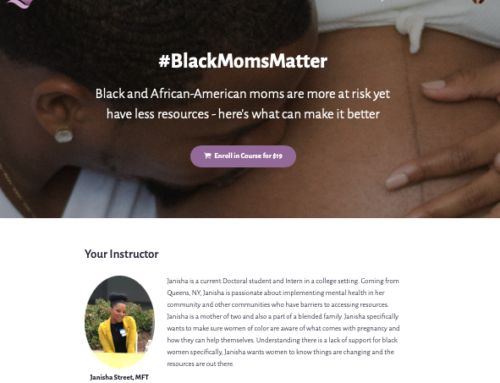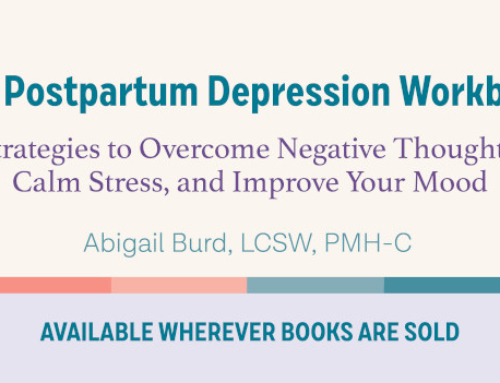Yesterday we shared about play therapy and how it can help children. Today’s post introduces adolescent therapy. No matter what your teen’s behavior looks like, there maybe times when, as a parent, you become concerned and want to seek out help for your child. One of the best ways to do that is through therapy.
If you are considering taking your teen to therapy or have wondered what exactly adolescent therapy looks like, here is a quick overview that may help guide you in your decision making.
ADOLESCENT THERAPY (ages 13-18)
How does adolescent therapy differ from adult therapy?
- Adolescents/teens are not independent. They are usually brought in by parents or guardians and are not there by choice which creates resistance
- They are capable of participating and understanding but can choose not to
- They often initially experience therapy as fake, frustrating, and “not normal”
- Teens have difficulty entering comfortable into a close relationship with adults
- In many cases, what the teen needs to feel better, is at odds with what they want
Therapy can be effective for adolescents experiencing:
- Anger problems
- Eating disorders
- Addiction issues
- Self harm
- Trauma
- Self-esteem problems
- Grief
- Anxiety and/or depression
- Sexual orientation
- Overall identity concerns
- Divorce/family stress
- Risk taking behaviors (theft, vandalism, etc.)
- Death of a family member or friend
Parents and guardians can often feel overwhelmed and frustrated about how they can help their child and the child can feel misunderstood and helpless. Through therapy, my goal is to create a safe environment to cultivate growth and healing for both the child and the family.
If you have any questions regarding child and adolescent therapy or would like to schedule a consultation, please contact Briana Kilian at briana@abigailburdlcsw.com or by phone at 619-356-0726.







What are your thoughts?